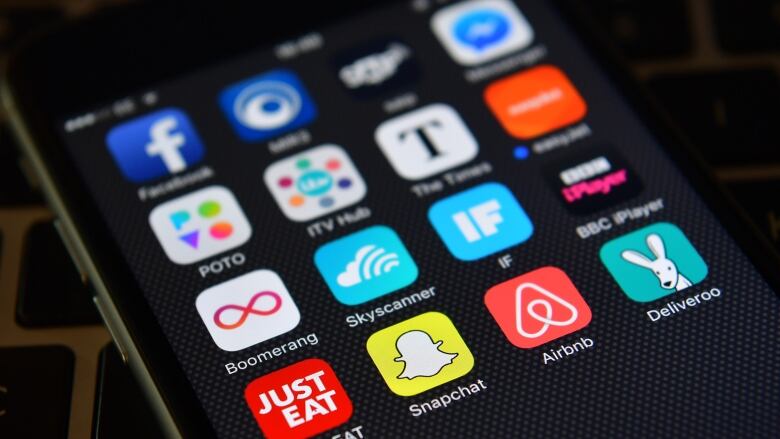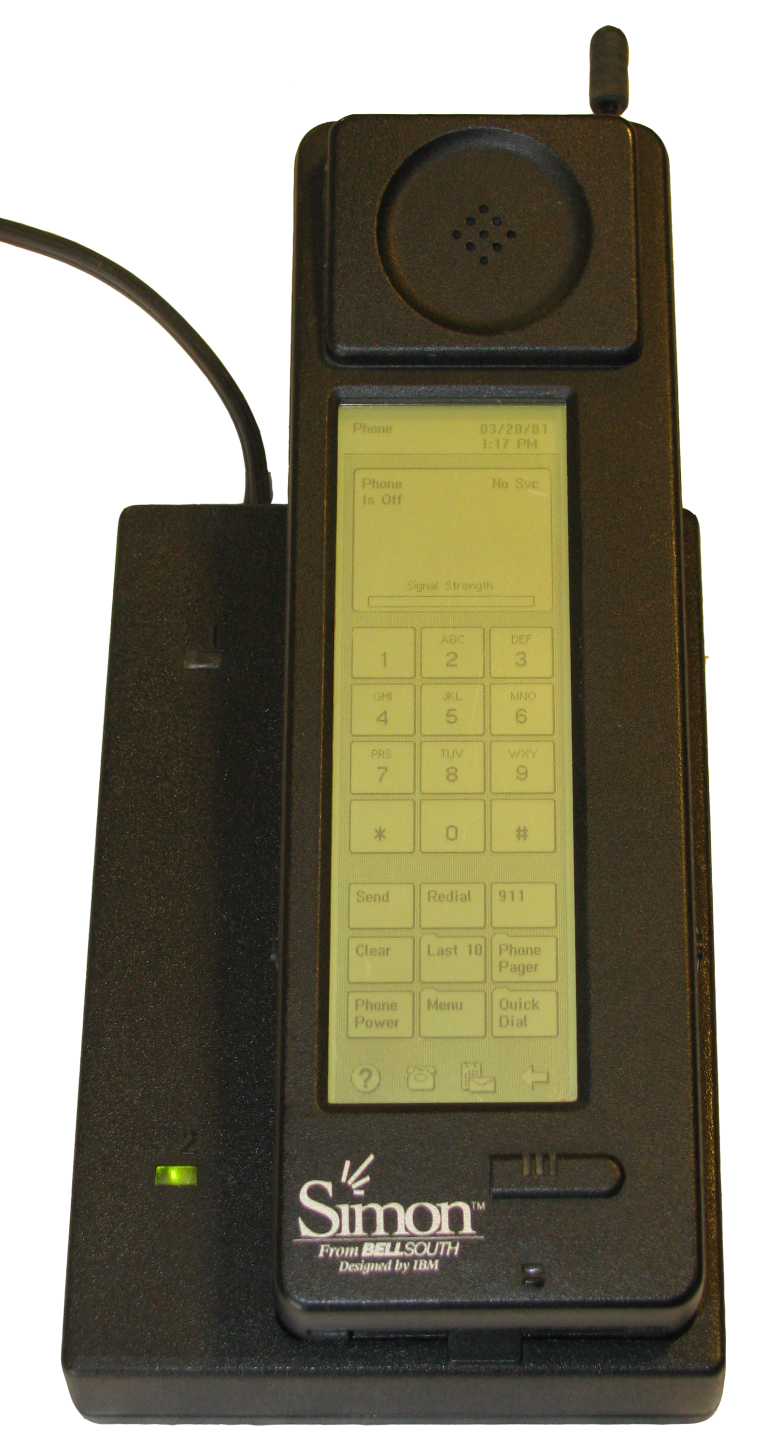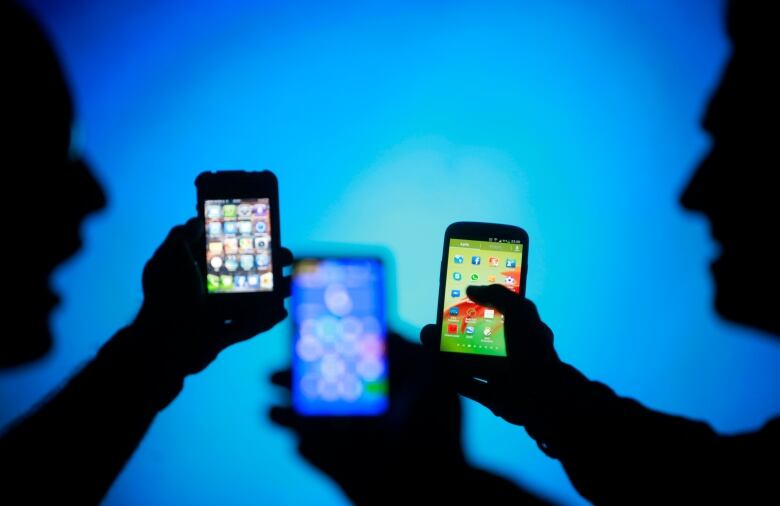On the iPhone's 10th anniversary, how it revolutionized smartphones
'Everyone copied it thereafter because there really wasn't any other way of doing it,' said one expert

This year marks the 10th anniversary of the iPhone, a device that quickly impressed consumers and took over the smartphone industry.
- 5 major moments in cellphone history
- 'We're paying with our data': Why privacy can be a problem with apps
When the firstsmartphonewas introduced IBM's Simon in 1992 it was viewed as a technological leap.

Though it opened the door to future smartphones, it didn't catch on quickly. In fact, it took almost 10 years for the smartphone to achieve widespread public appeal.
BlackBerry quickly took a foothold in the market, with its business platform that allowedconsumers to use Microsoft applications such as PowerPoint and Excel on their mobile phones.
However, on January 9, 2007, Apple announced the iPhone: a sleek device that looked like something out of Star Trek. It was released on June 29 that year.
This wasn't a phone that was geared to the business world; it was a phone that was designed to appeal to the general public.A review by Gizmodo accurately predicted,"This is what the phone of the future will look like."
It's important to note that, while Apple didn't invent all the things that it used in its iPhone, its packaging and integration of all that functionalitycertainly turned the smartphone industry on its head.
It's all about touch
The first touchscreen dates back to 1965. Iteven has a Canadian connection, as researchers from the University of Toronto played a crucial role in the development of multitouch and gesture technology.
After theiPhone,all phones looked like it.- Joshua Gans, Rotman School of Management
But when Apple introduced its first iPhone, the idea that you could use your fingers to zoom in on images and more was something revolutionary.
Instead of a phone that came with a screen and a keyboard, all consumers had was a flat, black screen that turned on when you touched its home button. Ownerscould use their fingers to scroll, click on applicationsand more. It was as though technology hadleaped into the future.
"It was a dominant design," JoshuaGans, professor of strategic management at Rotman School of management told CBC News. "After theiPhone,all phones looked like it."
Goodbye, physical keyboard
Looking back to thetelevision series Star Trek: The Next Generation,which ran from 1987 to 1994, the tablets the crew used seemed to belong to a future of space travel.
Our phones were used mostly as, well, telephones, and even as new technology was developing, keyboards kept their traditional form.
However, 13 years later, Apple chose to do away with that, creating a keyboard that was instead integrated into its screen. Within a year, other phone manufacturers began to follow suit.
"You hadto get rid of a physical keyboard because ... it was the only way you were going to get apps, because each app had a different keyboard need," said Gans.
"Once you had apps, you had an entire economy that could be built off mobile devices."

Cameras, cameras, everywhere
Many dislike the modern-day proliferation of selfies andtheymight want to blame Apple. When the first iPhone was introduced in 2007, it came with what today is considered a measlytwo-megapixel camera.
Apple wasn't the first to introduce a cell phone camera (that goes to Sharp with its whopping 110,000-pixel camera though it wasn't widely available outside of Japan). However, Applesoonrealized that it could capitalize on a better camera, and wasquick to make changes.
Fast-forward to 2017and the iPhone 7 comes with a 12-megapixel camera, optical image stabilization, and an f/1.8 aperture which allows it to photograph in low light. It also comes with 4K high-resolution video.
The whole package
Many people accuse Apple of ripping off already developed tech, but what Apple seemed to do right was packageitall together.
"It's not the stuff inside, it's the way it's put together," said Gans. "That's the key the whole device was something that other phone makers didn't think was possible, and yet they knew the parts. And everyone copied it thereafter because there really wasn't any other way of doing it."
The App Store, introduced in 2008, was whatlikely propelled the iPhoneto"it" gadget status.It made smartphones go from technology that people used to actually speak with one another, to devices that allowed users to lose themselvesin games, chatsand social media.
"The iPhone killed the phone. The phone is so unimportant now," Gans said. "People never really wanted to talk on the phone, it turns out."












_(720p).jpg)


 OFFICIAL HD MUSIC VIDEO.jpg)
.jpg)



























































































